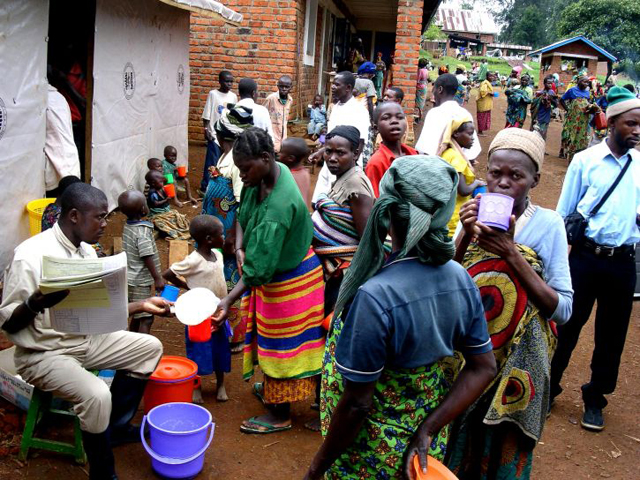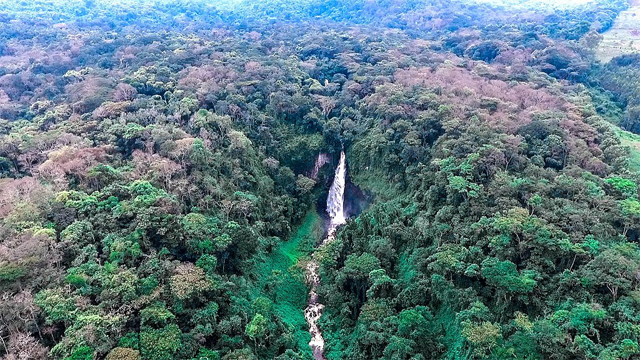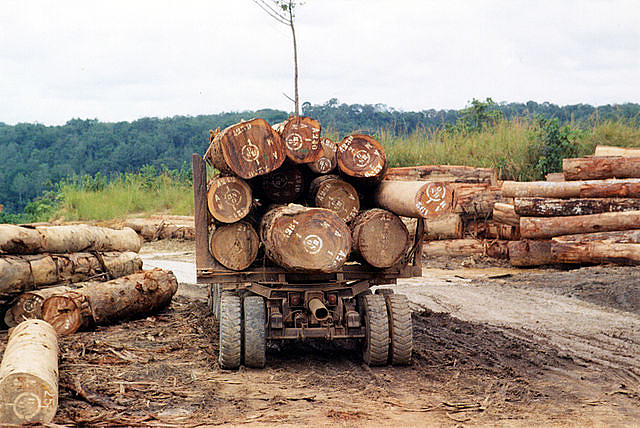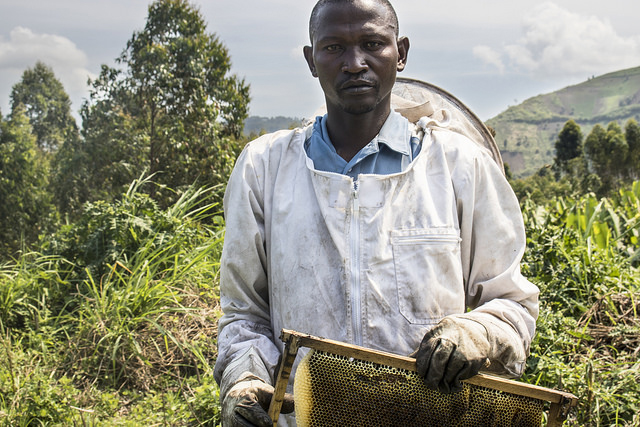According to the closing credits of a six-minute video posted to YouTube last week, the marvelous footage of an Mbuti community suffering from discrimination in the Eastern Congo was prepared by the Survival Media Agency. The beauty of the scenery—and of the Mbuti people themselves—recommends the production but it is worth summarizing its factual points and arguments for readers who don’t have the time to watch the original.

The video opens with Kasolee Kalumbiro, an elder from the Mbuti community in Kalonge, Congo. He is well-dressed and, speaking in his native tongue, describes their former lives in the Kahuzi Biega forest. His comments, translated into English subtitles, describe in idealistic terms their former forest existence. They were never sick; they got their food, shelter, and medicines from the forest.
But various unnamed international conservation organizations argued to the Congo government that protecting the forest required the indigenous people living in it to be excluded. When the government agreed and decided to expel them from the forest, without talking to the people beforehand, it moved in with excessive brutality. One day, groups of armed thugs invaded their forest homes, shooting people they saw, injuring and killing many, and burning their houses.

As the narrator goes on, camera shots skillfully show us scenes of the Kahuzi Biega landscape—mountains and forests shrouded in mists, Mbuti gathered around a fire. The people were forced to flee. The story continues with explanatory panels gently interspersed with scenes of the Congo and its Mbuti people. Different narrators speak in English or other languages, but all are given English subtitles. The video argues that the park areas of the Congo from which the indigenous people have been expelled have suffered a reduction of their forest cover of about 40 percent.
The basic point was that the government of the Congo wanted to convert the forested lands into money-making areas from, at first, logging and after that from mining, specifically of coltan. Instead, the Mbuti speakers and the filmmakers argue, retaining the forests for their indigenous people with their traditional uses would absorb the global emission of vast amounts of carbon.

A map of the Congo appears and the person speaking at that moment says, “Some of us went to live in Kabare.” The camera leaves the map and focuses on a group of people walking along a dirt track cut into a mountainside, forests above and below. Breathtaking. But the video quickly focuses again on the next stage, a scene of people following a wider road—a protest march. We are told that they faced their problems and decided to establish an organization called CPAKI, which stands for Collectif pour les Peuples Autochtones au Kivu (Organization for the Indigenous Communities of Kivu). The group has been working to end destructive mining and logging in the forests, educate the people about their land rights, and teach techniques of sustainable farming.
At this point the voice of a woman narrator comes on—the previous speakers had all been men—and, introduced as Sifa Adelle, Mbuti farmer, the attractive lady explains how they are farming successfully now and they have enough food. She says confidently to the camera, “our children don’t go hungry and the surplus is sold and used to pay for our children’s school fees.”

The video continues by explaining how they merge modern agricultural techniques with their traditional knowledge by managing over 100 beehives, sharing the produce, and using it for food and the treatment of over 100 diseases. But the bright successes are interrupted with the darker stories. The video briefly tells us the tale of the attempt by the government to evict the indigenous people living in the Itombwe Forest, an effort that was resisted by CPAKI activists. That story was covered in more detail in a 2016 news report.
A man speaking in English, Samuel Nnah Ndobe, Coordinator, Central Africa Advisory Board, Global Greengrants Fund, begins wrapping up the arguments made by the video. The indigenous people such as the Mbuti provide a wonderful service by protecting forests, not only for the native flora and fauna in them but also as a service to humanity by sequestering vast amounts of carbon. They ought to be allowed to continue to provide that service.
The Greengrants Fund is credited by YouTube as the producer of the video, “Saving Ourselves: a Story from the Bambuti People.”